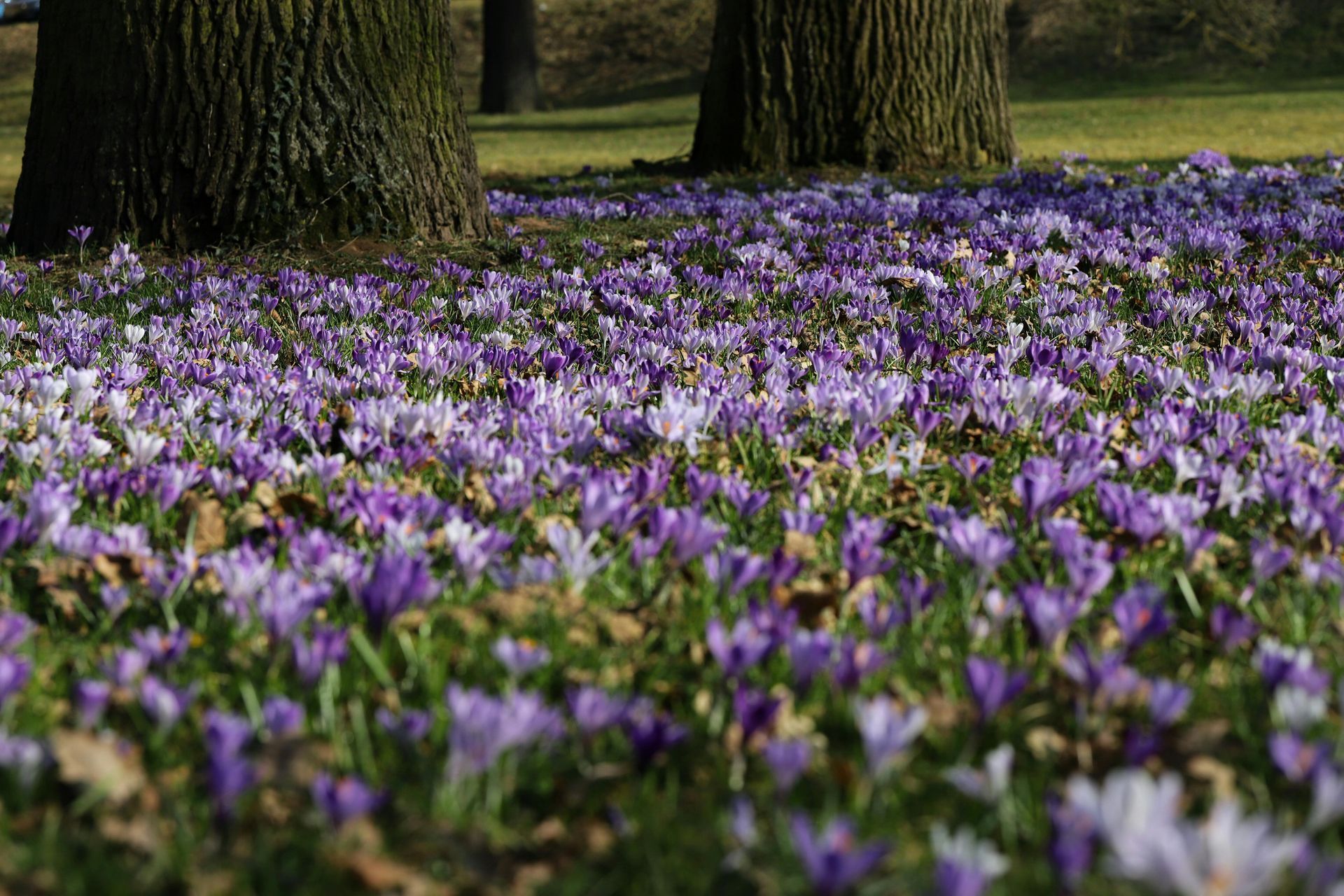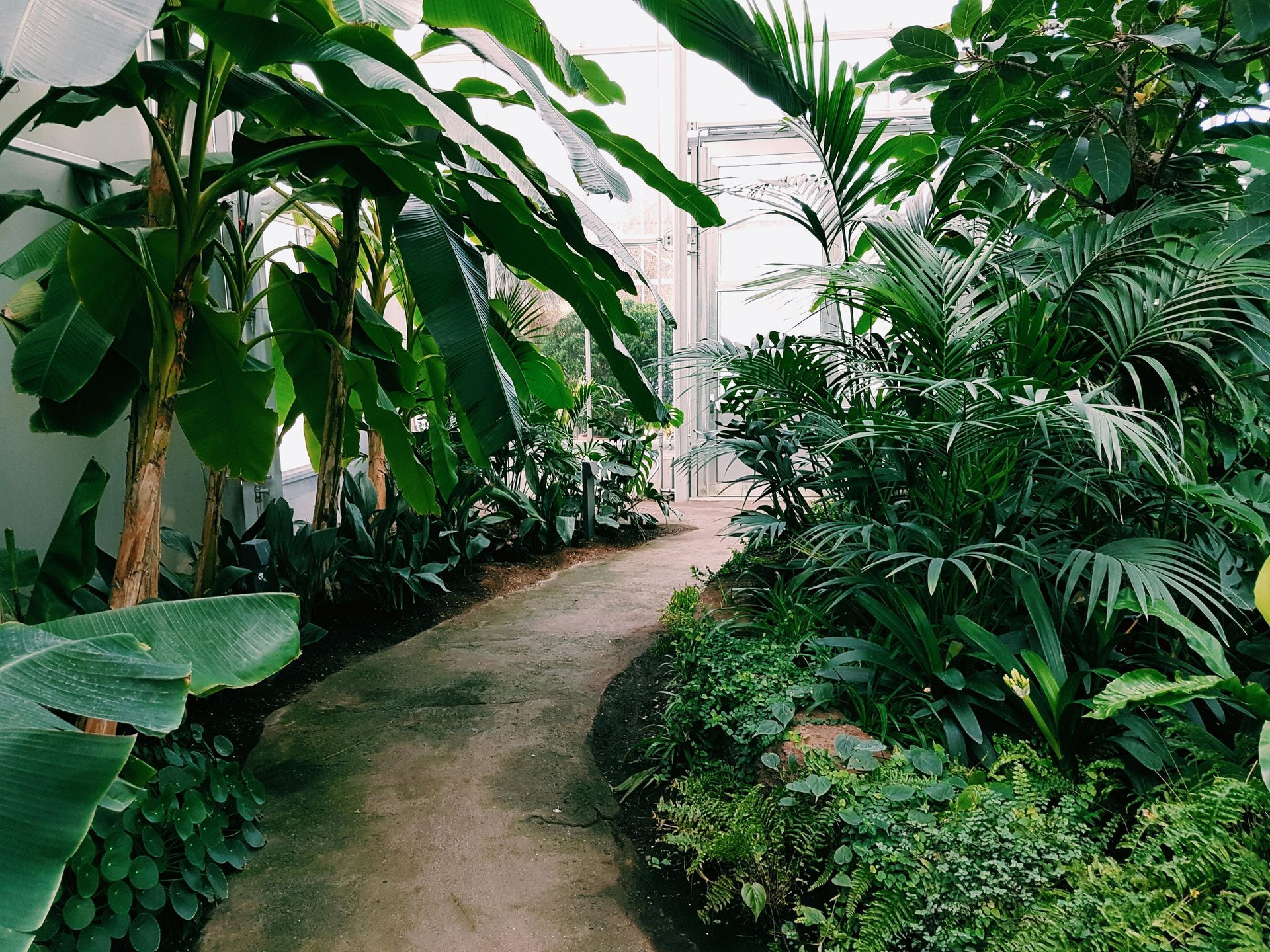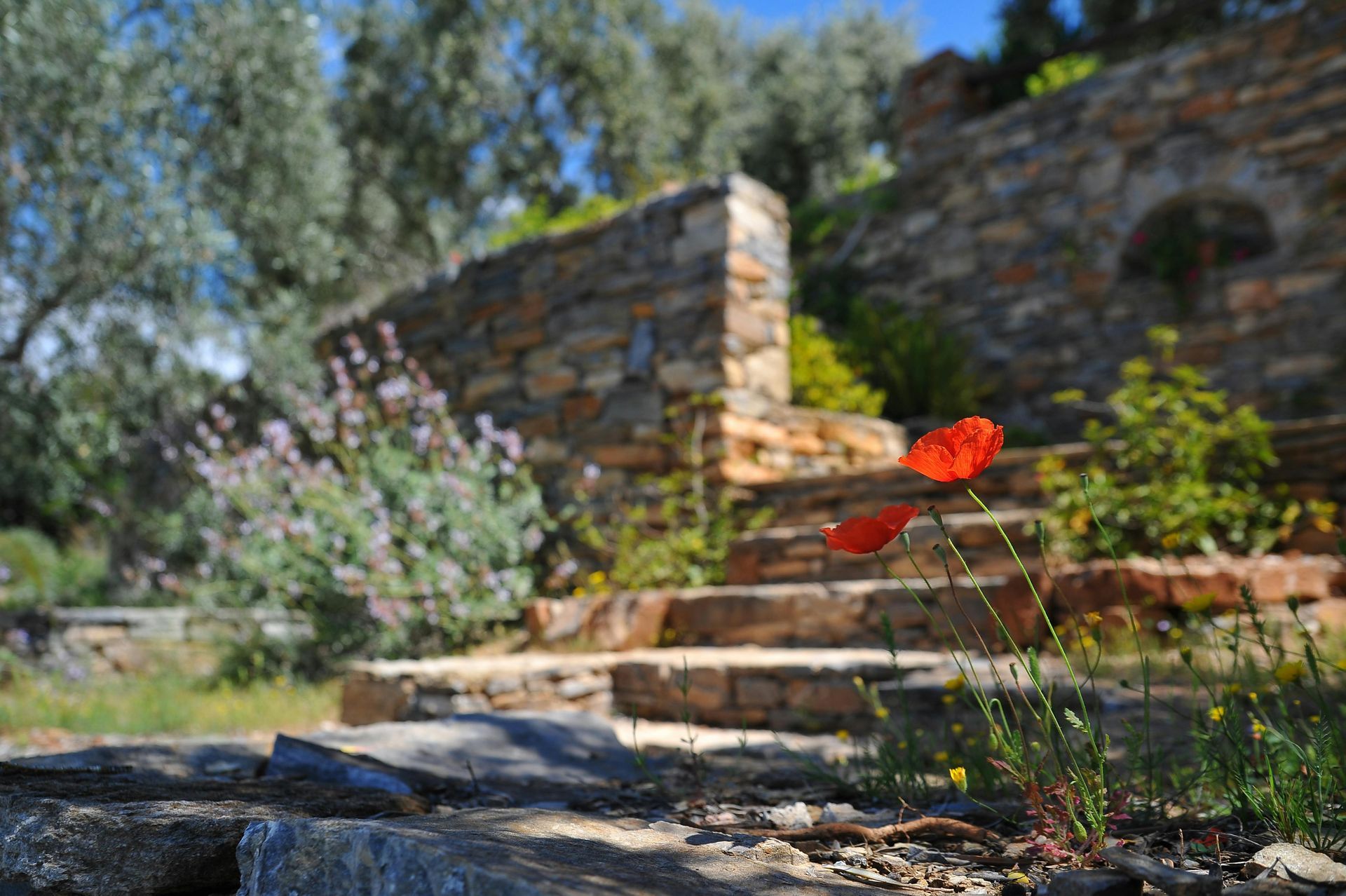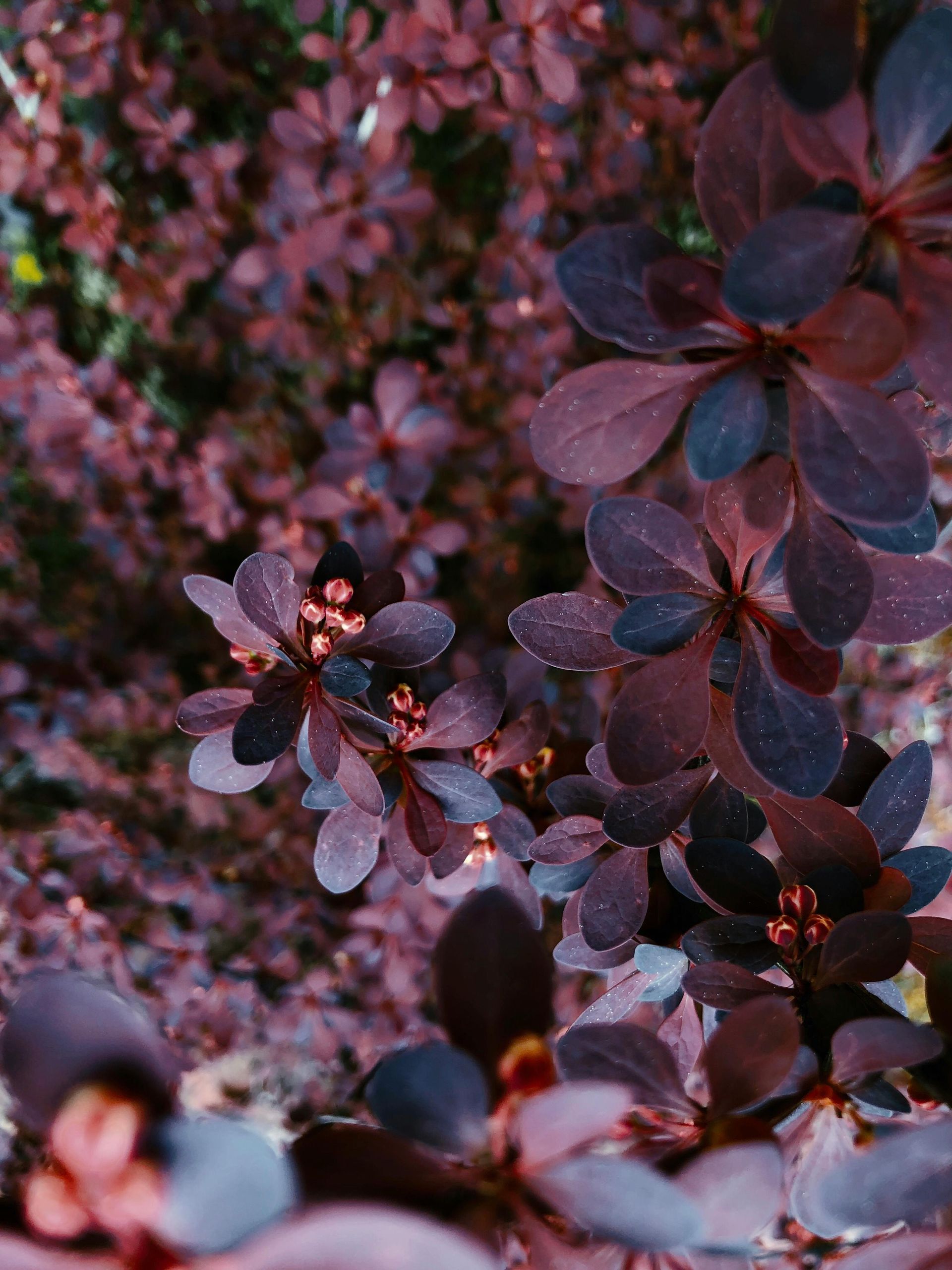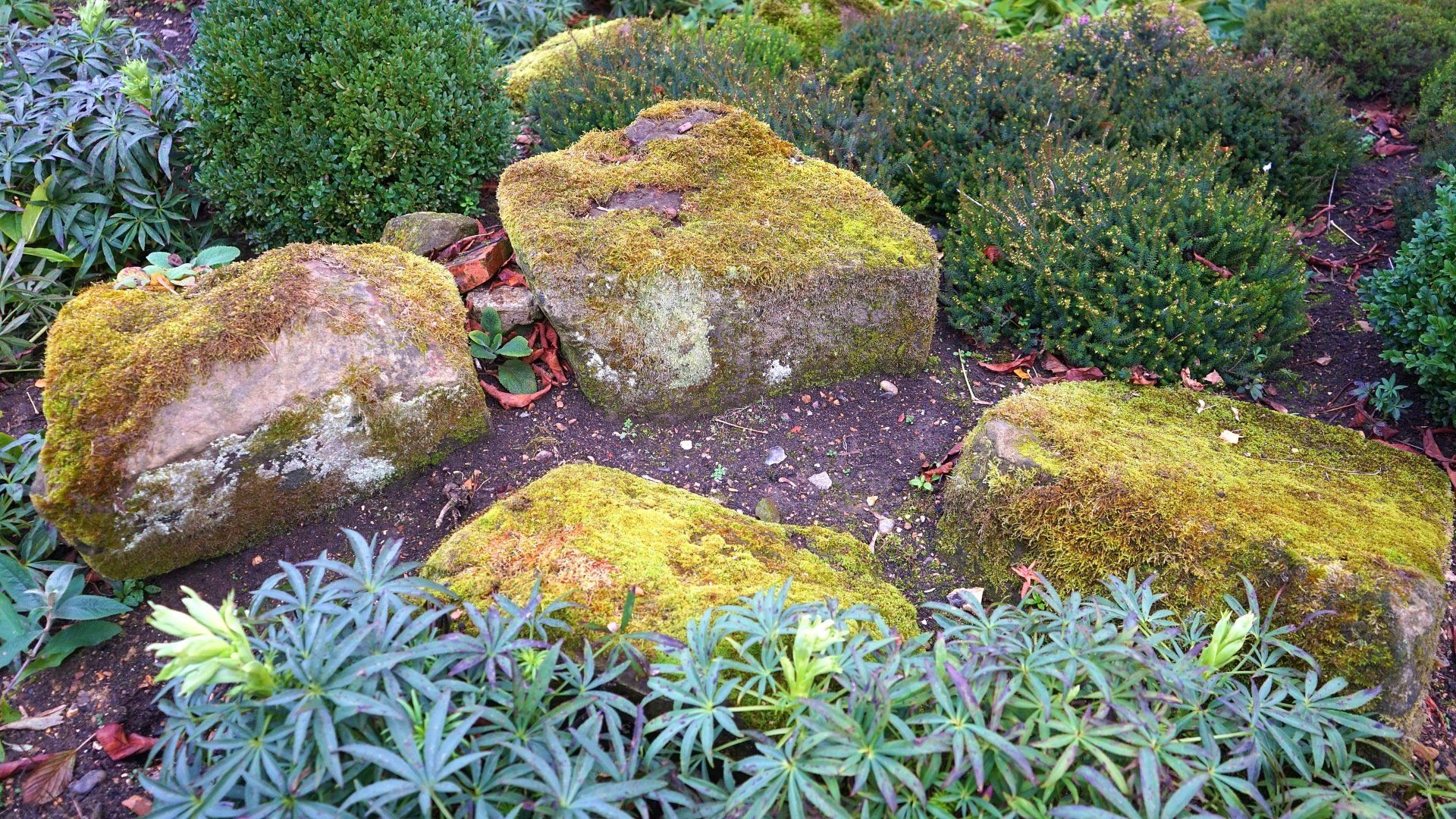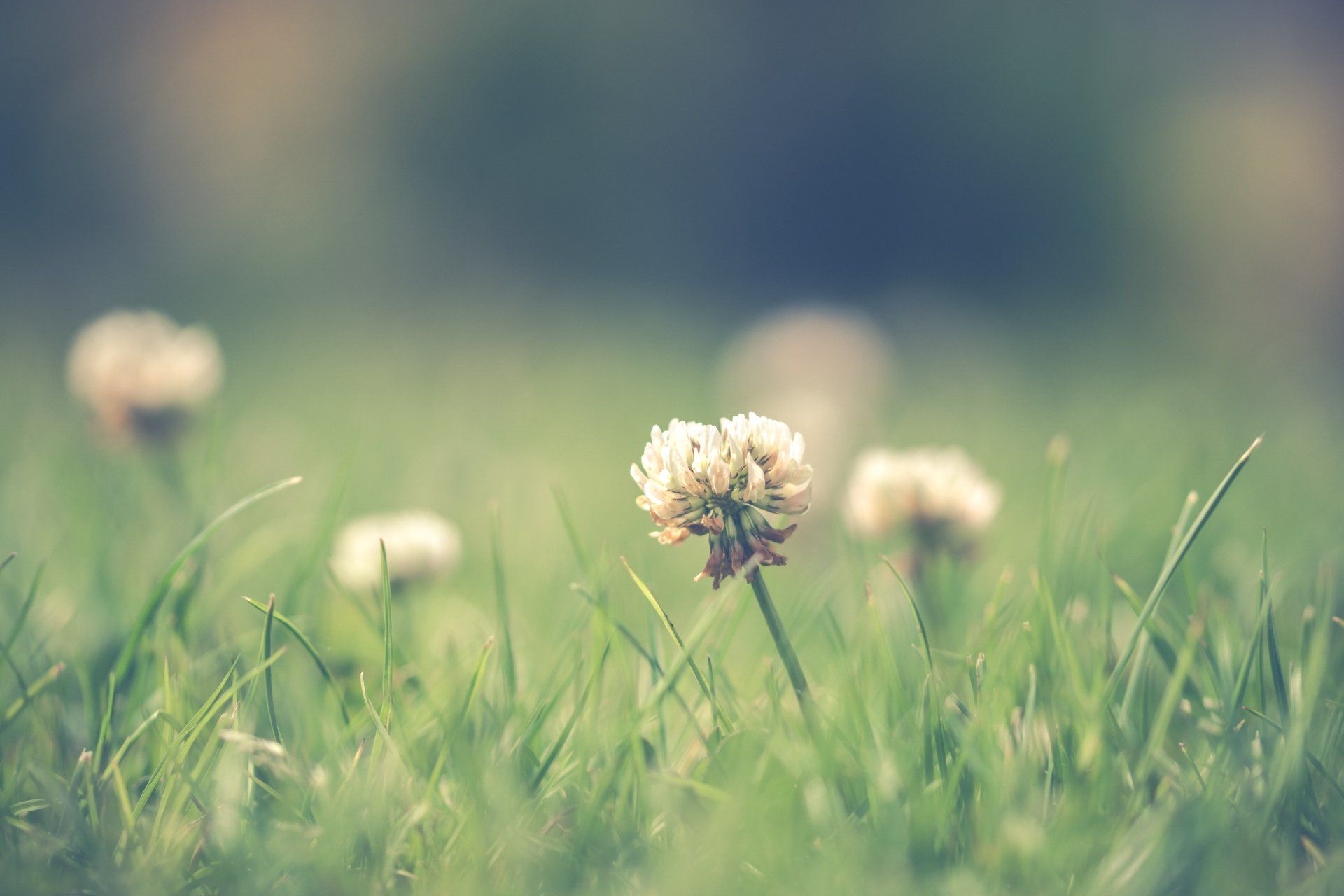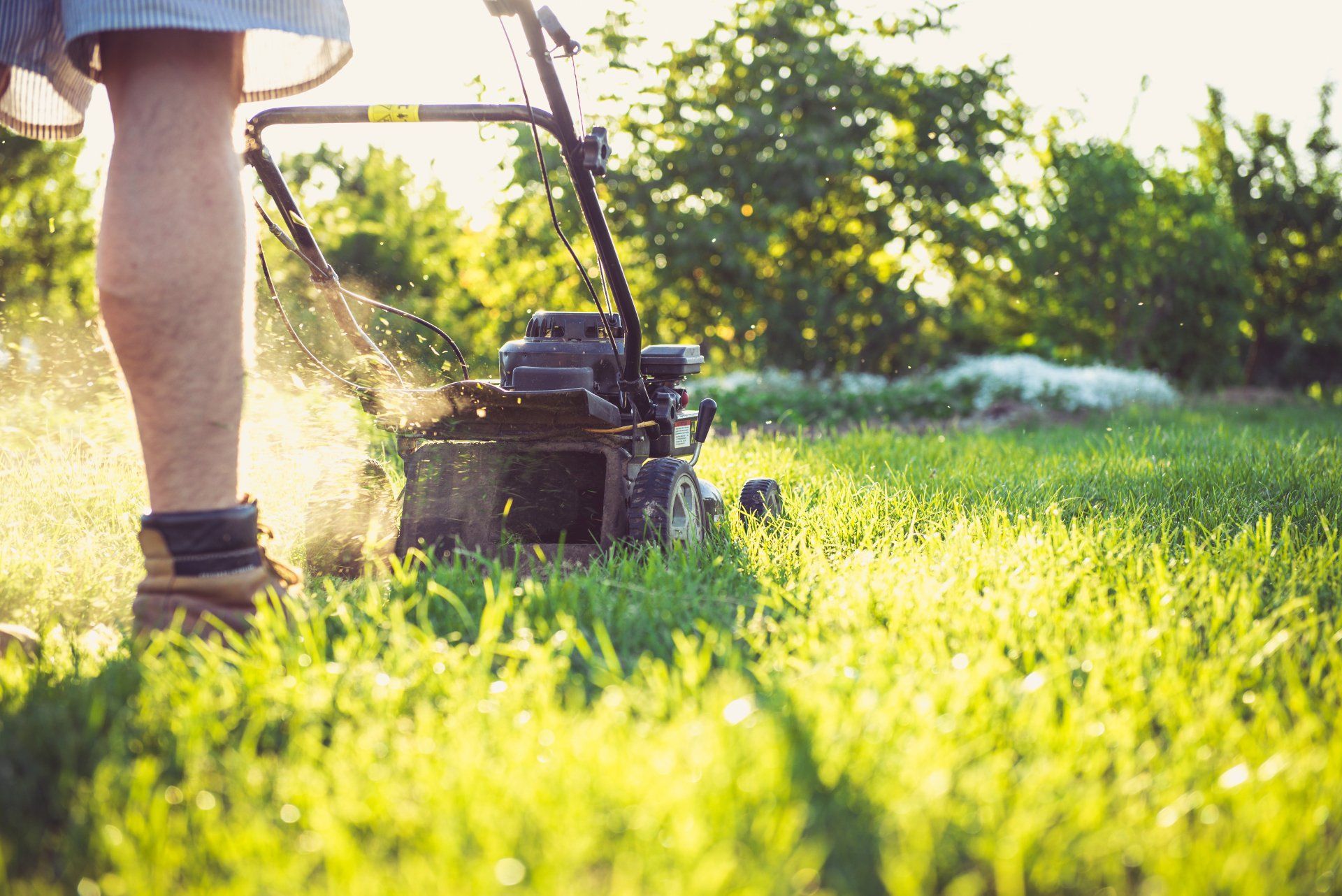Essential Landscaping Maintenance Tips for Beginners
Maintaining a beautiful landscape is more than just a hobby. It's an art that requires knowledge, patience, and regular care.
Whether you're a beginner or a seasoned gardener, understanding the basics of landscaping maintenance is crucial. It's not just about mowing the lawn or watering the plants.
From pruning to mulching, eco-friendly
lawn care to weed control, each task plays a vital role. They contribute to the overall health and aesthetics of your garden.
In this guide, we'll explore essential landscaping maintenance tips for beginners. Let's embark on this journey to create and maintain a garden that's both beautiful and healthy.
Understanding the Basics of Landscaping Maintenance
Landscaping maintenance involves a variety of tasks. These range from simple lawn mowing to more complex tasks like pruning and fertilization.
Each task has its own purpose and benefits. For instance, regular pruning promotes healthy growth and shape of your plants. On the other hand, proper fertilization ensures your lawn stays lush and green.
Understanding these tasks and their benefits is the first step towards effective landscaping maintenance. It's not just about keeping your garden looking good, but also ensuring it's healthy and thriving.
Remember, a well-maintained landscape not only enhances the curb appeal of your home but also provides a serene environment for relaxation and outdoor activities.
Pruning IS The Key to Healthy Plants and Trees
Pruning is an essential part of landscaping maintenance. It involves removing dead or overgrown branches from your plants and trees. This promotes healthy growth and maintains the desired shape.
Proper pruning techniques vary depending on the type of plant. For instance, flowering plants often require pruning right after they bloom. On the other hand, trees are best pruned in late winter or early spring.
Here are some general pruning tips:
- Always use sharp tools for clean cuts.
- Remove dead, diseased, or damaged branches first.
- Don't prune too close to the trunk or main stem.
The Benefits of Mulching and How to Do It Right
Mulching is another crucial aspect of landscaping maintenance. It involves spreading a layer of material, such as wood chips or straw, around your plants. This practice offers numerous benefits.
Mulch helps retain soil moisture, suppress weeds, and regulate soil temperature. It also adds nutrients to the soil as it decomposes, promoting plant health.
Here are some
mulching tips:
- Apply a 2-3 inch layer of mulch around plants.
- Avoid piling mulch against the plant stems.
- Replenish mulch as it decomposes to maintain its benefits.
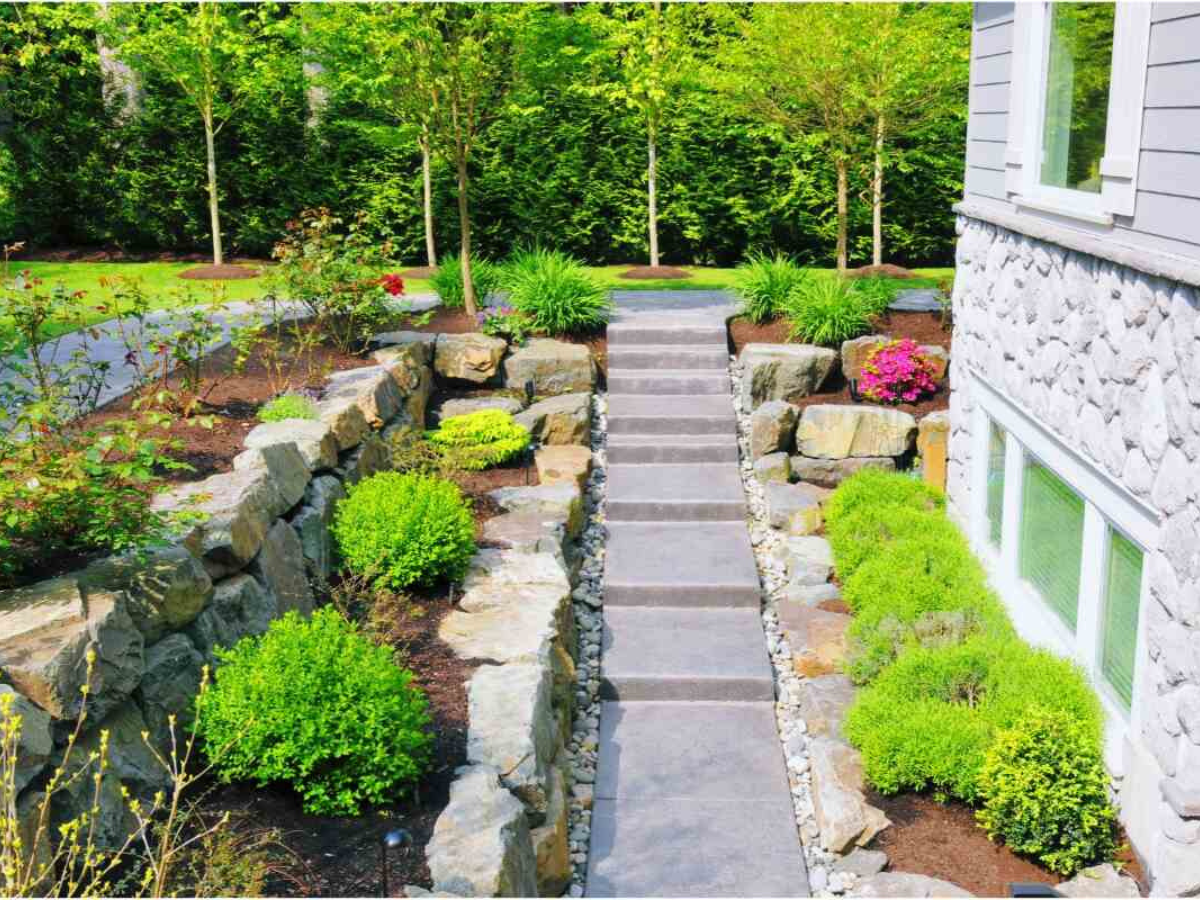
Photo By: Lawn Love
Eco-Friendly Lawn Care: Practices for a Greener Yard
Eco-friendly lawn care is all about maintaining your yard in a way that's beneficial to the environment. It involves practices that reduce water usage, avoid harmful chemicals, and promote biodiversity.
Some eco-friendly lawn care tips include:
- Using organic fertilizers instead of synthetic ones.
- Implementing natural pest control methods.
- Watering your lawn early in the morning to reduce evaporation.
Remember, a healthy lawn is not just about looks. It's also about creating a sustainable environment for local flora and fauna.
Landscape Edging: Defining Your Garden's Beauty
Landscape edging is a simple yet effective way to define your garden's boundaries. It creates clean lines, separates different areas, and prevents grass from invading flower beds.
Here are some popular edging materials:
- Stone or brick for a natural look.
- Metal or plastic for durability and ease of installation.
- Wood for a rustic appeal.
Choose the one that best suits your garden's style and your maintenance preferences.
Effective Weed Control to Keep Your Garden Pristine
Weeds can be a gardener's worst enemy. They compete with your plants for nutrients, water, and sunlight, and can quickly overrun your garden if left unchecked.
Here are some effective
weed control strategies:
- Regular weeding to prevent them from spreading.
- Mulching to suppress weed growth.
- Using weed control fabric in problem areas.
Remember, consistency is key in weed control. Regular maintenance can keep your garden pristine and healthy.
Lawn Fertilization: Nourishing Your Grass for a Lush Lawn
A lush, green lawn is a sight to behold. But achieving it requires proper fertilization. Fertilizers provide essential nutrients that your grass needs to thrive.
Here are some tips for effective lawn fertilization:
- Use a slow-release fertilizer to nourish your lawn over time.
- Follow the recommended fertilization schedule for your grass type.
- Always water your lawn after fertilizing to help the nutrients penetrate the soil.
Remember, over-fertilization can harm your lawn. Always follow the product instructions.
Shrub Maintenance: Tips for a Vibrant Yard
Shrubs add structure and beauty to your landscape. However, they require regular maintenance to stay healthy and vibrant.
Here are some shrub maintenance tips:
- Prune your shrubs regularly to promote growth and maintain their shape.
- Water and fertilize your shrubs according to their specific needs.
- Monitor your shrubs for signs of disease or pests.
With proper care, your shrubs can be a stunning feature in your yard for years to come.
Lawn Mowing Tips: Techniques for the Perfect Cut
Mowing your lawn seems simple, but doing it right can make a big difference. Proper mowing promotes healthier grass and a more attractive lawn.
Here are some
lawn mowing tips:
- Mow your lawn at the right height, usually about 2.5 to 3 inches.
- Keep your mower blades sharp for a clean cut.
- Change your mowing pattern each time to prevent soil compaction.
Remember, a well-mowed lawn is the foundation of a beautiful landscape.
Seasonal yard Care Tips, A Year-Round Approach
Landscaping maintenance is a year-round task. Each season brings its own set of challenges and tasks to keep your yard looking its best.
Here are some seasonal yard care tips:
- Spring: Clean up winter debris, start mowing, and fertilize your lawn.
- Summer: Water plants regularly, mow as needed, and watch for pests.
- Fall: Rake leaves, aerate your lawn, and prepare plants for winter.
Winter: Protect plants from cold, remove heavy snow from branches, and plan for spring.
Garden Upkeep and Simplifying Your Routine
Maintaining a garden doesn't have to be overwhelming. By establishing a routine, you can simplify your garden upkeep and prevent tasks from piling up.
Here are some tips to simplify your routine:
- Regularly inspect your garden for pests or diseases.
- Schedule time for weeding, pruning, and watering.
- Keep your gardening tools clean and sharp for efficient work.
Flower Bed Maintenance and Keeping Your Blooms Bright
Flower beds can be the highlight of your garden. However, they require regular maintenance to keep the blooms bright and healthy.
Here are some tips for
flower bed maintenance:
- Regularly deadhead spent flowers to encourage new blooms.
- Keep the soil enriched with compost or organic matter.
- Weed regularly to prevent competition for nutrients and water.
Conclusion
At AAF Landscaping, we believe that landscaping maintenance is more than just a task - it's a passion. With our expert tips and guidance, you can transform your outdoor space into a vibrant oasis that brings joy and beauty to your home.
Our team is dedicated to helping you achieve a lush, healthy lawn, well-pruned plants, and beautifully defined garden boundaries. Let us take care of the hard work so you can sit back and enjoy the fruits of our labor.
Contact us today and let's create a landscape that reflects your style and enhances your outdoor living experience.

